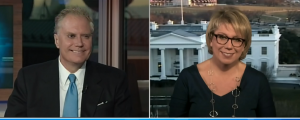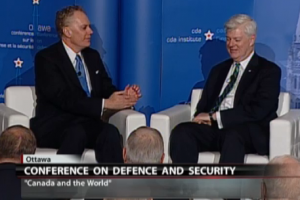Once-poor BRICS countries are preparing a better future without us
COLIN ROBERTSON The Globe and Mail
Published Wednesday, Mar. 27 2013
At the top of the BRICS agenda will be serious efforts to alleviate poverty and secure greater weight as newly emerging powers – both of which the five countries seem ready and able to do without any help from the West, using a new set of financial institutions they hope to create.
Setting the tone for the meeting, Xi Jinping of China, who is making his international debut as part of a trip that has taken him to Moscow and then Dar es Salaam, told journalists that these emerging economies “have become an important force for world peace” – while arguing that the “global economic governance system must reflect the profound changes in the global economic landscape, and the representation and voice of emerging markets and developing countries should be increased.”
Ending poverty is ambitious but doable mostly because of efforts in India and China. The World Bank global poverty rate fell from 42 per cent in 1990 to 25 per cent in 2005, and may yet fall by 205 to 15 per cent, or 900 million people.
To make this goal possible, this summit will debate a proposal to create a BRICS development bank. The idea came from economists Joseph Stiglitz, Nicholas Stern and Mattia Romani in the belief that the BRICS should “consolidate” funds to build infrastructure and “boost confidence for developed-country investors to participate in the expanding markets of the world and the growth story of the future.”
It would supplement but perhaps undermine, as former prime minister Paul Martin suggests, the International Monetary Fund, the World Bank and the African Development Bank – institutions that BRICS members find sluggish and inflexible.
But what would it do that the others cannot? And would they not be better to seek reform of these existing institutions? The idea is likely to remain a topic for discussion at future meetings.
The BRICS countries together represent about 43 per cent of the world’s population and approximately one-fifth of global gross domestic product (GDP). In 2012, the BRICS accounted for approximately 11 per cent of global foreign direct investment flows ($465-billion) and about 17 per cent of world trade.
By 2020, the UNDP says in its 2013 report, the combined economic output of Brazil, China and India will surpass the aggregate production of Canada, France, Germany, Italy, the United Kingdom and the United States.
Other countries, including Nigeria, Indonesia and Turkey are looking toward eventual membership in the BRICS group. Egyptian President Mohamed Morsi, who will be at the meeting, has suggested the grouping be expanded to “E-BRICS.”
Goldman Sachs economist Jim O’Neill coined the BRIC acronym in 2001 as a clever shorthand to describe the largest emerging markets. He is unconvinced that South Africa, which joined the association in 2010, merits membership.
Within the BRICS there are tensions, old and new. There remain border tensions between China and Russia, and between China and India. South Africa, Brazil and India are democracies. China is not, and Russia is only in name. China and India, as consumers, want lower commodity prices, while Russia, Brazil and South Africa, as producers, want higher prices.
Then there are the disparities: China’s economy is 25 per cent larger than those of the other four BRICS nations combined, and 22 times larger than South Africa’s.
Some Africans decry China’s “neo-colonialism.” Nigeria’s central-bank governor Lamido Sanusi recently argued that Chinese activity in Africa is a new form of imperialism, sucking oil and resources out of the continent then selling back its manufactures.”
The BRICS also want more influence on issues of peace and security. Syria’s President Bashar al-Assad has asked for intervention by the BRICS “to stop the violence in his country and encourage the opening of a dialogue.”
Yet neither China nor especially Russia have behaved constructively at the United Nations Security Council. With authority comes responsibility. The BRICS aren’t there yet.
But the BRICS summit raises an important question for the West.
If the World Bank and the IMF aren’t working for the emerging nations, shouldn’t we try to fix them? Isn’t it time to redress the stranglehold whereby the World Bank is always headed by an American and the IMF by a European?
President Xi is on solid ground when he argues that the global economic governance system should reflect the profound changes in the global economic landscape. The G-20 was supposed to accomplish this but its performance to date has been a disappointment. There is still a ways to go.




